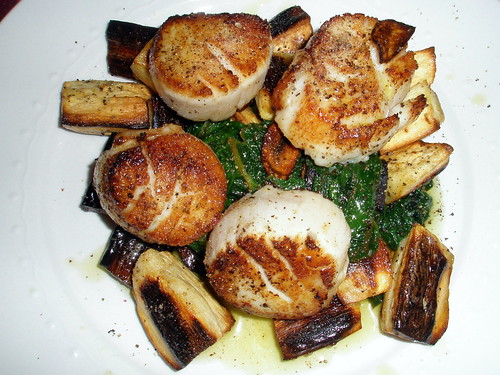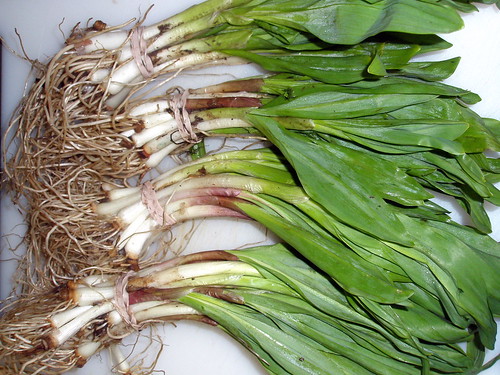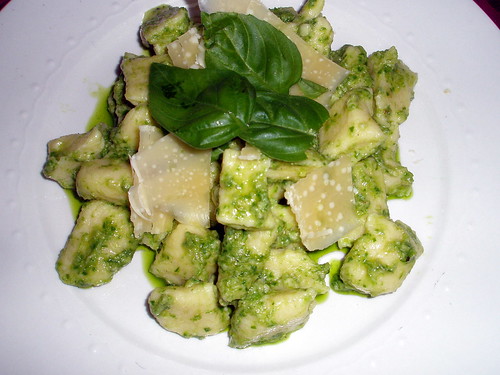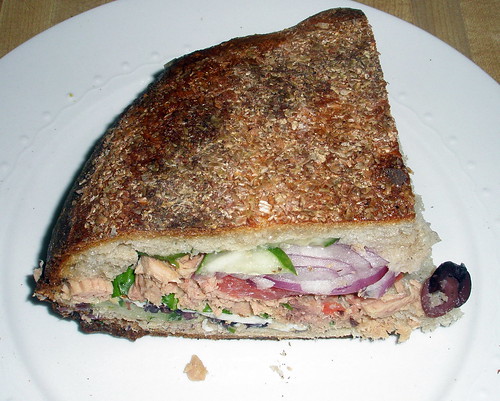Isn't it frustrating when you have all the necessities of a perfect dinner, but the outcome is awful? Let me tell you about my latest failure: The Pheasant Phlop.
It all started on my recent trip to London to visit my brother and his family. On my first day there, my brother took me out to the English countryside for that quintessential English sport of clay pigeon shooting.

My mind rarely strays from food, even while holding a shotgun, so I began to think of how I should try cooking a game bird when I returned to New York. I was not a very good shot, so didn't begin to contemplate the possibilities of hunting my own game bird; yes, my hunting fun would begin and end with clay pigeons.
A few days later, my girlfriend and I visited the adorable London neighborhood of Notting Hill. Full of boutiques and food shops, it's no wonder that Notting Hill was our favorite area in London. I especially loved the Books for Cooks shop, a store selling only cookbooks.

This shop seemed to have nearly every cookbook imaginable, from antique titles to books on molecular gastronomy. It even has a cafe that cooks up daily specials made from recipes that appear in the cookbooks it sells.
Still in need of a souvenir for my trip, I asked the Books for Cooks saleswoman for a cookbook on modern British cuisine. She suggested Matt Tebbutt's
Cooks Country, which she claimed is "what Britain is cooking now." I flipped through the book and saw that it was exactly what I was looking for: modern takes on traditional British food. I came across one recipe for "pot-roast pheasant pheasant with smoked bacon and cream" and I was sold. I bought the book.

So now, I had my inspiration to cook a game bird from the clay shooting and I had the perfect recipe to carry out my the inspiration. I returned to New York on a Thursday and my first task that weekend was to find a pheasant. I knew that Quattro's at Unions Square Greenmarket carried pheasant, but was unable to make it out to Union Square. Instead, I made a visit to Citarella, pointed to the sign for pheasant and asked the butcher for one. Alas, Citarella was out of pheasant, so I had to wait one very long week to make what I knew would be one terrific and incredibly inspired dinner.
The next Saturday, I woke up promptly at 7:30 and made my way to Union Square to buy a pheasant. Quattro's had pheasant, so I purchased one for $20, knowing full well that it was money well spent on the perfect dinner. I purchased the rest of the ingredients for the dish and returned to my apartment.
That night, I prepared the recipe. The recipe seemed too simple for me to be getting so excited about, but I knew it would be delicious. I seared the seared the pheasant in butter, browning the skin beautifully. I tossed in some chopped onion, celery, a head of garlic, and bacon. Then I added a cup of wine, a couple bay leaves, a few springs of thyme, and a cup of cream. I put the pheasant back in, and tossed the pot into a 400F oven. The cookbook recommended an oven time of 15 minutes, but this seemed on the low to me, so I eagerly waited for 20 minutes while the aromas of the braising liquid filled my apartment.
After twenty minutes, I removed the pot from the oven and let it sit for another ten minutes. The braising liquid was perfectly creamy; it had all the makings of a great dish. After letting the dish rest, I excitedly cut into the bird. It was completely raw. What gives? Maybe the pheasants in England are smaller than the one I had bought at the Greenmarket. I calmly put the pot back into the oven. I knew it would still be a great dish, it just needed some more time in the oven.
It would take another 20 minutes before the pheasant was cooked through. Finally, I would be able try this dish with perfect inspiration and made from the perfect recipe. The result? Rubber. The pheasant could hardly be cut with my sharpest knife, and chewing it was a workout. To add insult to injury, cooking it for another 20 minutes had caused the braising liquid to separate, so that it was no longer creamy. The meal was an utter disappointment.
So there you have it: The Pheasant Phlop. How could a meal so inspired, be so awful? Was it a bad recipe? Was it poor execution on my part? Or was it just not meant to be? I'll never know.










